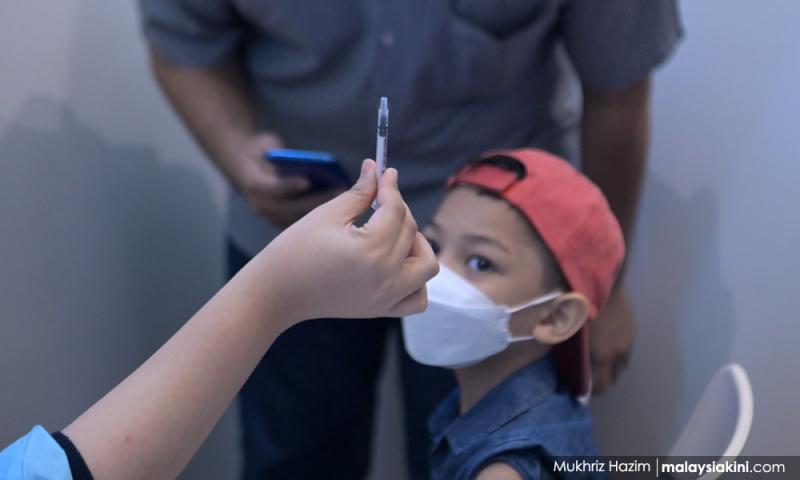COMMENT | Covid-19 vaccines safe, work for children
COMMENT | What's the prevalence of Covid-19 among children and what kind of complications are we seeing as a result of infections?
In 2020, there were 7,730 cases among children less than 11 years old. In 2021, there were about 379,245 and for the first three months of this year alone, there have been 119,719 cases.
This is probably an underestimate because children are often asymptomatic, less tested, less detected and therefore least reported.
The US Centers for Disease Control and Prevention seroprevalence studies showed that 38 percent of children were infected with Covid-19.

The increased burden of the infectious Omicron variant has led to several serious complications in unvaccinated children:
The increased number of children infected has led to outbreaks in households, daycare centres, kindergartens and schools. There were about 367 educational clusters prior to the school holidays. One can expect increasing reports of these clusters with the reopening of schools on March 21.
There has been a 2.5 fold increase in children being hospitalised.
There is a two-fold increase in children admitted to the Intensive Care Unit (ICU) for serious Covid infections namely due to Mis-C (Multisystem Inflammatory Syndrome in Children).
An increasing number of deaths has also been reported in children below 18 years old. In 2020, there were six deaths, which increased to about 110 deaths in 2021. There were 22 deaths in children aged under 12 from Jan 1- March 11 this year, and eight deaths were recorded during the second week of March alone, which is the highest in almost six months.
Slow take-up rate
Health Minister Khairy Jamaluddin earlier set a target of 50 percent vaccination for children under 11 by the start of the school year.
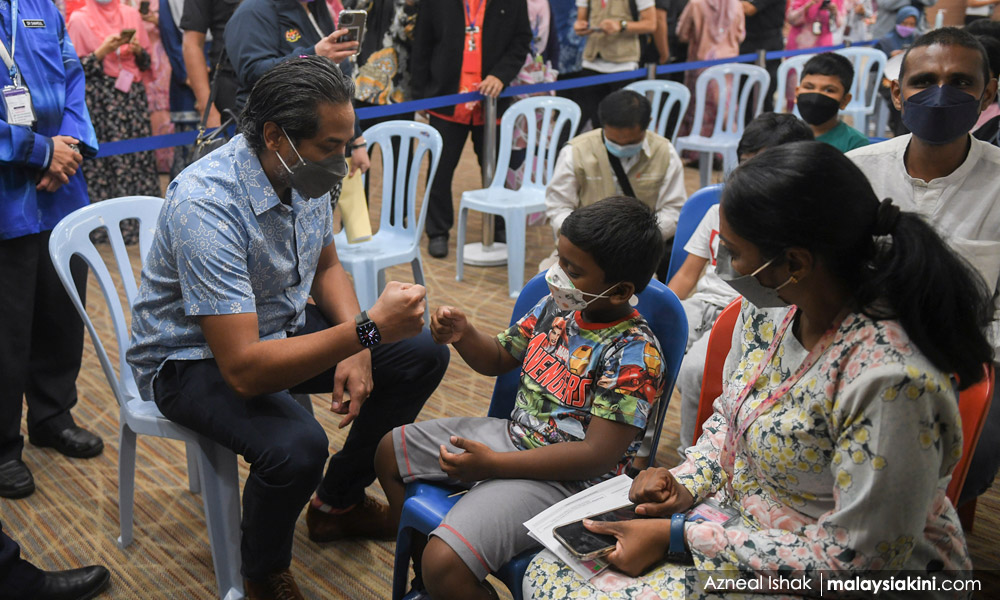
We've clearly fallen short of this, as at the moment only 34 percent of children have received their first jab. What explains the slow take-up rate and what needs to be done to address this?
Two major factors have contributed to this low uptake:
Parents are freaked out by the safety of the mRNA vaccines. Misinformation is rife in social media on the dangers of mRNA vaccines. Anti-vaxxers have been on overdrive with their fear-mongering on the Adverse Effects Following Immunisation (AEFI) with the mRNA vaccines. Not surprisingly, most of them who are inflating the dangers of mRNA vaccines are also the ones promoting ivermectin, chloroquine, mega-doses of vitamins, herbs, naturopathy and homoeopathy.
Parents are in a “wait and see” mode which is very dangerous because the Omicron will not wait. The BA2 Omicron sub-variant which now makes up 27 percent of the circulating strains is even more transmissible and is creating havoc in Hong Kong, China, US, UK and Europe. Its reproduction number is 12, which is very close to measles. This simply means that in a playroom of 10 children, one Covid-19 positive child can potentially infect seven to eight other children.
Solutions to increase vaccination
There are a few actions that can be undertaken to improve the uptake of the Covid-19 vaccines.
Better, smarter and more imaginative awareness programmes should be crafted and disseminated widely to all parents and guardians of children. There needs to be a more concerted effort to go to the ground and educate, even if it means going door to door. The BN machinery that was effective in garnering votes in the recent elections should be used to do something similar to turn-over the vaccine-hesitant parents in the Malay heartland, namely in Kelantan, Terengganu, Kedah and Pahang, where vaccine uptakes are 9.5 percent, 11.6 percent, 22.1 percent and 26.3 percent respectively as compared to the national average of 35.6 percent as of March 21.
If teachers who refused vaccination are transferred to different posts, surely there must be a similar action on school children whose parents have refused their children to be vaccinated. We are however of the opinion that “apparently it’s problem solved” for those teachers was not really a solution, it was simply the easiest thing to do for bureaucrats and politicians who refuse to think out of the box. The evidence thus far shows that the vaccines are effective and safe for school children and thus our school policy should mandate that all children must complete their vaccination prior to registering for Standard 1.
There should be more involvement of parent support groups to reassure other parents of the safety and effectiveness of the vaccines.
There is an urgent need for better collaboration with family general practitioners (GP) and paediatricians in the National Covid-19 Immunisation Programme for Children (NIPKids) programme. These doctors in the private healthcare sector have been vaccinating children, adolescents and adults since the 1950s, and have been thus far marginalised in the campaigns.
The government must be very serious, firm and consistent in its handling of persons who continually spread misinformation on the pandemic and the Covid-19 vaccines.
Sinovac for children
The government has approved Sinovac as one of the vaccines under NIPKids. What does one make of this decision, especially in light of research from Chile that showed Sinovac was only 38 percent effective in preventing infections in children?

One does not need to go too far to Chile. Our own local research called the Real-World Evaluation of Covid-19 Vaccines Under the Malaysia National Covid-19 Immunisation Programme (Recovam) and the National Medical Research Register (NMRR) showed that the vaccine effectiveness of Sinovac drops from 76 percent following immunisation to 28 percent after three-five months of the shots.
The mRNA (Pfizer) vaccine is more effective only dropping from 89 percent to 68 percent. The Health Ministry in no uncertain terms has recommended the mRNA (Pfizer) vaccines as the vaccine of choice for children five-11 years old.
Only if the child develops a severe reaction to the mRNA (Pfizer) vaccine or its contents should they switch to the Sinovac vaccine. We are sure that as parents and guardians you would not want to give your children the second best vaccine!
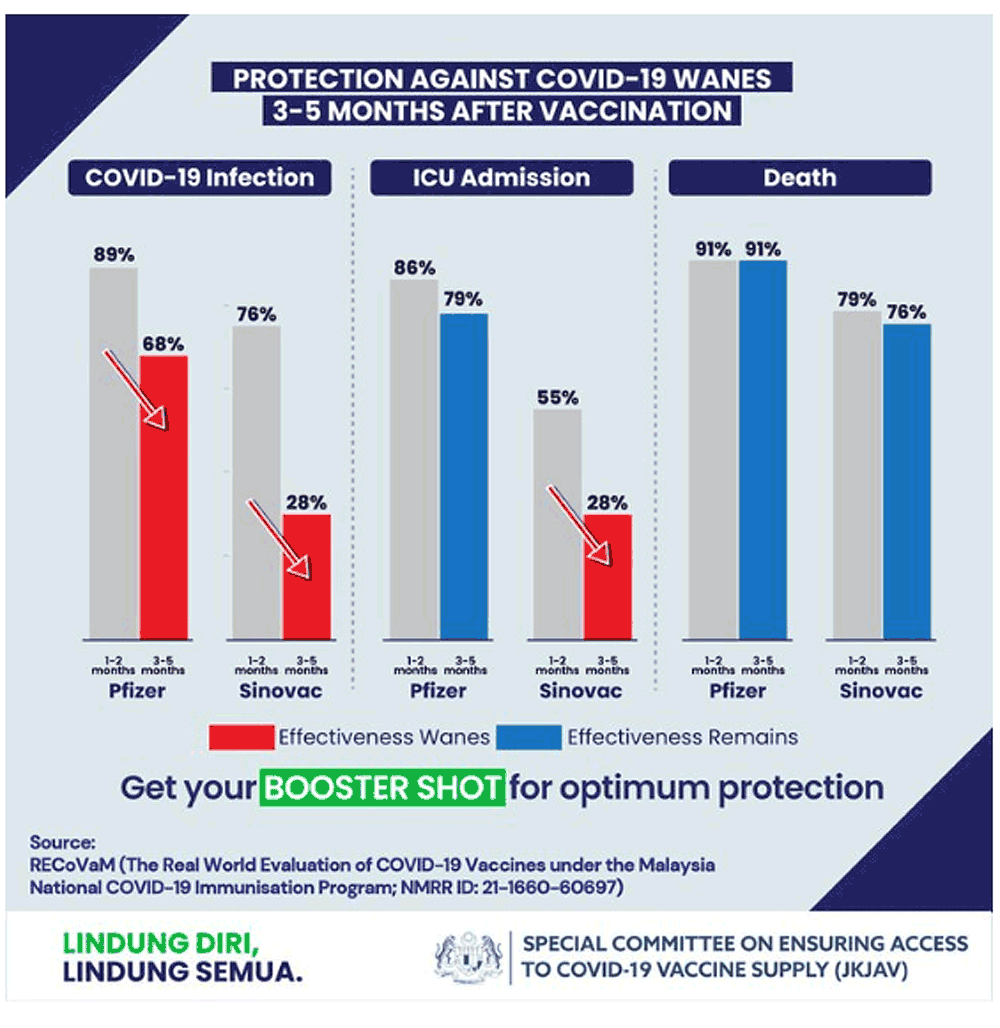
Increase private sector participation
Are paediatricians in the private sector participating in the programme? Has the process been easy and is that improving the take-up rate?
The Malaysian Paediatric Association (MPA) has surveyed our colleagues and 97.8 percent of them strongly supported the vaccination of children who are five to 11 years old.
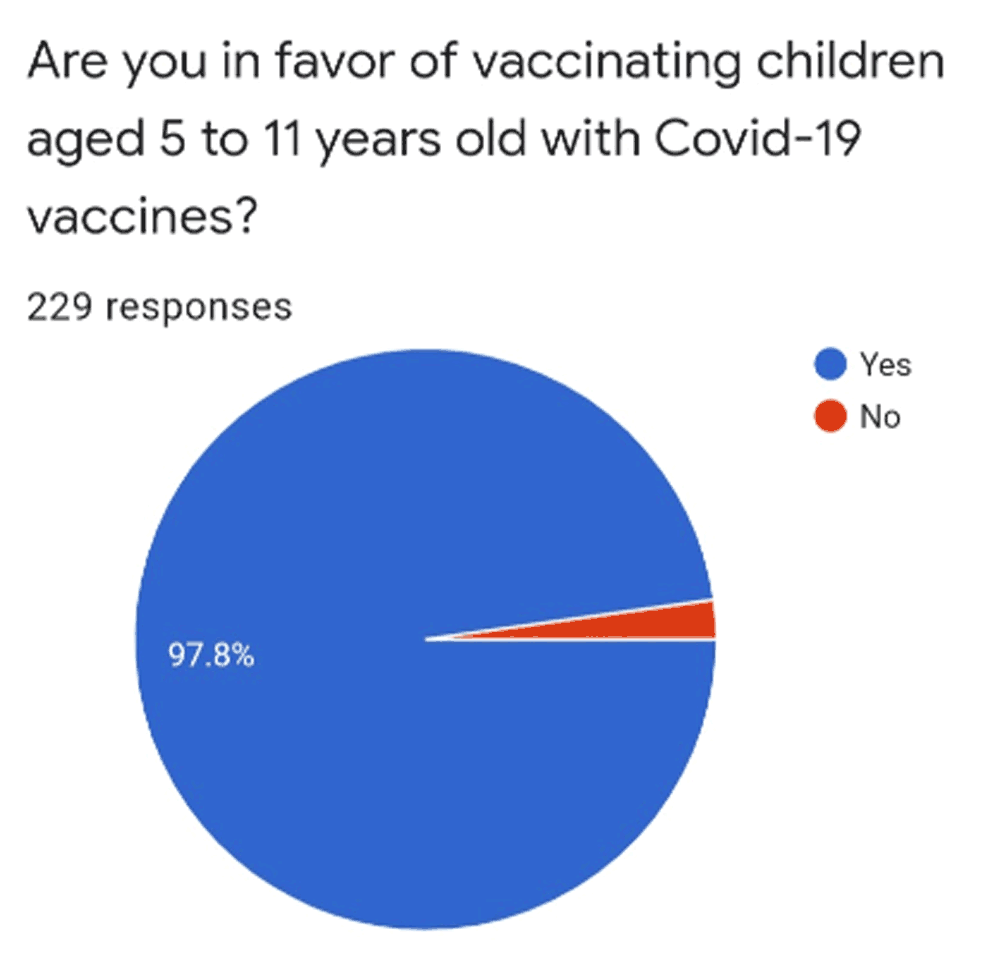
The executive committee of the MPA recently met with the team from Protect Health which operates NIPKids. Apparently, only 20,000 doses are being utilised daily which is very disappointing and up until March 21, only 35.6 percent of our five to 11-year-olds are vaccinated.
We are exploring new strategies to increase the uptake because as we all know the 3Cs of any successful vaccination programme are coverage, coverage, coverage. We are hopeful that children would soon be able to get their shots from their family GPs and paediatricians trusted by parents and guardians to care for their child’s health and who gave them their routine shots since birth.
Public confidence, fear of AEFI
What do you make of the government's handling of teenager Revnesh Kumar’s death? Has this had an impact on perceptions of vaccine safety for children and teenagers?
It is most unfortunate that the government’s handling of the case has impacted adversely on the level of vaccine confidence among parents and guardians of children.
And the drama was further conflated by the irresponsible nuances of the vaccine-hesitant lobby. We’ve had to undertake a lot of damage control and intensify our awareness programmes to counter the misinformation.
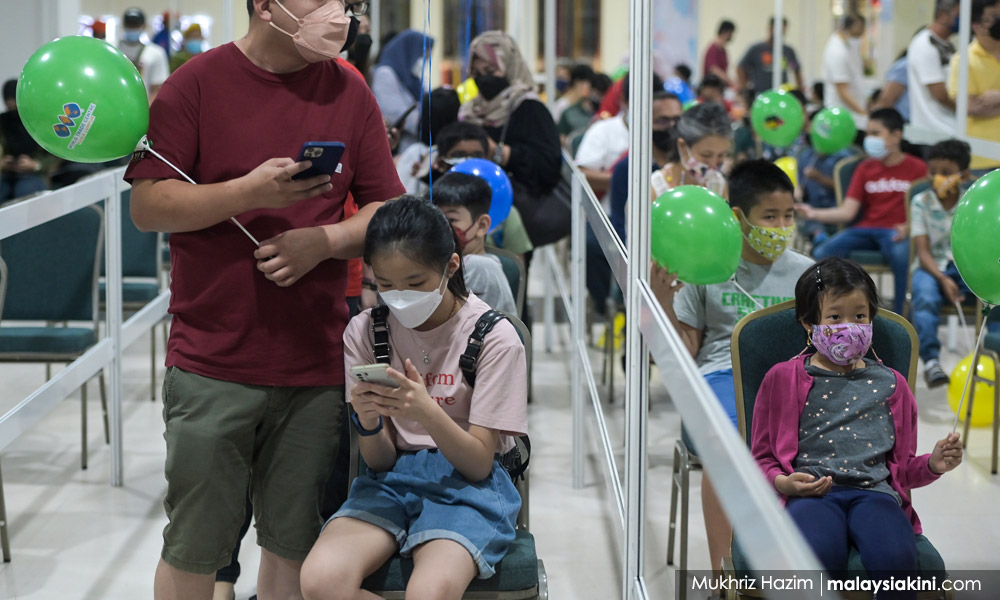
It has to be clearly and unequivocally stated that the Covid-19 vaccines are not in any way causally linked to any deaths in children.
The US has the largest experience with mRNA vaccines in children five to 11 years old. They have prescribed about 8.7 million doses. The AEFI were mostly mild and brief and consisted mainly of pain at the injection site, fatigue and headaches. There were 11 reported cases of myocarditis and all of the affected children recovered fully after two-seven days. There were no causal links to any deaths.
Our own NPRA has reported the use of 1.1 million doses of mRNA vaccines up until March 11. There were 182 reports of AEFI, a rate of 0.17 per 1,000 children which is very similar to the reports from Canada and Australia.
Some 97 percent of the AEFI were non-serious and did not affect the child’s daily activities. These were mainly fever, pain at the injection site, headaches and body-aches which often disappeared after a day or two.
There were five children with serious AEFI who were admitted and were later discharged well. A seven-year-old girl with an underlying health condition was classified as brought in dead (BID) and the case is still under investigation.
We hope all parents and guardians would be reassured by these facts and figures and do not become victims of the misinformation disseminated by the fear-mongering anti-vaccine groups.
Please consult your trusted family GP or paediatrician if you have any further concerns about the vaccines.
RM12.50 / month
- Unlimited access to award-winning journalism
- Comment and share your opinions on all our articles
- Gift interesting stories to your friends
- Tax deductable
